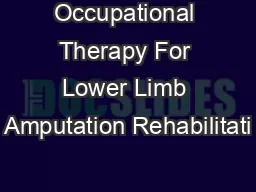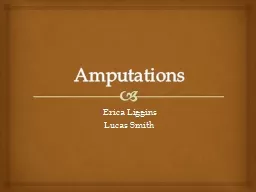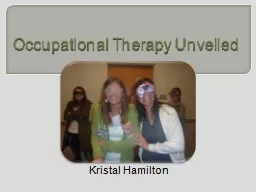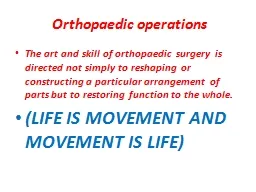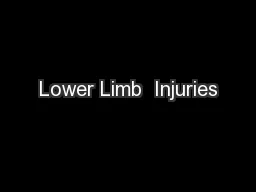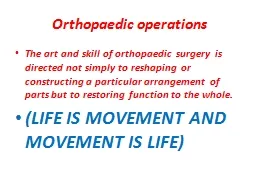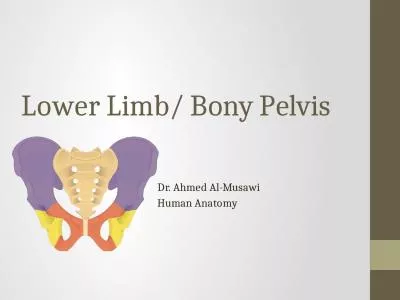PPT-Occupational Therapy For Lower Limb Amputation Rehabilitati
Author : ellena-manuel | Published Date : 2017-03-18
Lauren Hawkins OTS amp Jennifer T om OTS Touro University Nevada Purpose Outline the role occupational therapy in lower extremity amputation care Provide evidencebased
Presentation Embed Code
Download Presentation
Download Presentation The PPT/PDF document "Occupational Therapy For Lower Limb Ampu..." is the property of its rightful owner. Permission is granted to download and print the materials on this website for personal, non-commercial use only, and to display it on your personal computer provided you do not modify the materials and that you retain all copyright notices contained in the materials. By downloading content from our website, you accept the terms of this agreement.
Occupational Therapy For Lower Limb Amputation Rehabilitati: Transcript
Download Rules Of Document
"Occupational Therapy For Lower Limb Amputation Rehabilitati"The content belongs to its owner. You may download and print it for personal use, without modification, and keep all copyright notices. By downloading, you agree to these terms.
Related Documents

